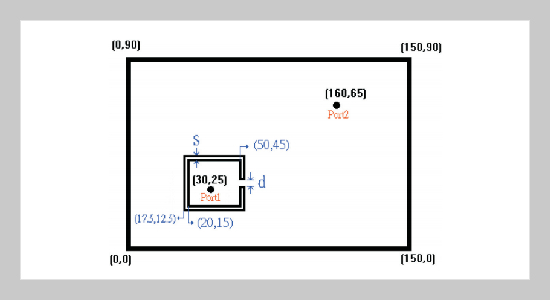Yun-Hsih Chou This email address is being protected from spambots. You need JavaScript enabled to view it.1, Ming-Jer Jeng2 , Ming-Chang Tsai1 , Yang-Han Lee3 and Yih-Guang Jan3 1Department of Electronic Engineering, St. John’s University, Tamsui, Taiwan 251, R.O.C.
2Department of Electronic Engineering, Chang Gung University, Taoyuan, Taiwan 333, R.O.C.
3Department of Electrical Engineering, Tamkang University, Tamsui, Taiwan 251, R.O.C.
Received:
July 29, 2008
Accepted:
June 25, 2009
Publication Date:
June 1, 2010
Download Citation:
||https://doi.org/10.6180/jase.2010.13.2.08
In the printed circuit board design it usually implements two methods to solve the power-bus noise interference problem. One is by adding decoupling capacitor and the other method is to adopt power bus isolation or power plane segmentation. Large isolation gap distance gets better isolation impedance and it consequently improves the high frequency power-bus noise elimination capability. Meanwhile another important factor needed to consider is the segmentation pattern, the implementation cost will determine the segmentation size of the isolation area. Unavoidable interference exists in the digital and analog circuits that using the common power source. In this paper we will search and discuss several commonly implemented isolation techniques and study how to reduce the interference effect. By using isolated power island will apparently reduce board’s impedance and the location of the power island will affect the board’s resonant structure. The bridge width of the connecting bridge appreciably affects on the first resonant location, the segmentation gap size affects the coupling amount. The larger the gap size the smaller the gap capacitance will be and consequently larger gap size will improve the noise isolation capability; different gap shapes will affect the board’s resonant structure, better board’s resonant structure will improve resonant probabilities and consequently increase the board impedance.ABSTRACT
Keywords:
Power Bus Noise, Decoupling Capacitor, Power Isolation Island
REFERENCES
















